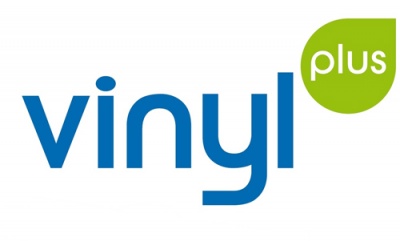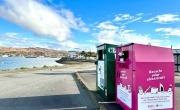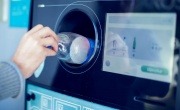Europe recycles over 500,000 tonnes of PVC
 VinylPlus, the European PVC industry’s sustainable development programme, has announced that it recycled over 500,000 tonnes of PVC within its framework last year.
VinylPlus, the European PVC industry’s sustainable development programme, has announced that it recycled over 500,000 tonnes of PVC within its framework last year.
According to the data released by the programme, 45 per cent of the recorded 514,913 tonnes of PVC waste that was recycled was provided by window and related profile products. The greatest volumes – 508,154 tonnes – were registered and certified by Recovinyl, the PVC waste collection and recycling network comprising 177 companies Europe-wide.
VinylPlus’ target is to recycle 800,000 tonnes of PVC waste per year by 2020.
The 2015 results were presented at VinylPlus’s 4th Vinyl Sustainability Forum 2016 in Vienna, Austria. The Forum, which took place on 28 April, had the theme of ‘Smart Vinyl for our Cities’, and attracted more than 130 stakeholders from academia, government bodies, the UN, the European Commission and all sectors of the PVC industry.
Featuring speakers from across Europe, presentations and panel discussions centred on the versatile role of PVC in meeting the future needs of people living and working in urban environments and how it can make a significant contribution to many aspects of the built environment.
 Stephan Sicars
PVC production chain ‘making progress globally’
Stephan Sicars
PVC production chain ‘making progress globally’

Speaking at the event, VinylPlus Chairman Josef Ertl said: “European cities are forerunners in the transition towards a low carbon and resource-efficient economy. 72 per cent of the EU population lives in urban areas, using 70 per cent of our energy.
“To assure quality of life, future cities will need healthy and energy-efficient buildings, reliable water distribution and sewage systems, as well as affordable healthcare. Using PVC in place of other materials reduces costs, improves product performance and makes a positive contribution to sustainable development.”
Exploring the main outcomes of the Sustainable Development Goals (2015 – 2030) and the Paris Climate Summit (COP21), Stephen Sicars, Director Department of Environment, United Nations Industrial Development Organisation (UNIDO) said: “The shift of emphasis to designing products and processes for sustainability offers the plastics and PVC industry many opportunities to capitalise on innovation, as well as consumer demands for better environmental performance and smaller environmental footprint of products.
“These trends are said to allow US$3 trillion (£2tn) in potential resource savings by 2030 amid an emerging US$1tn (£0.68tn) global ‘green’ market. A circular economy is restorative and regenerative by design. The PVC production chain is making progress globally by reducing its environmental impact in areas such as chloralkaline production, energy and mercury use and Vinyl Chloride Monomer (VCM) production.”
More information is available at the VinyPlus website where the full progress report from 2015 can also be downloaded.






